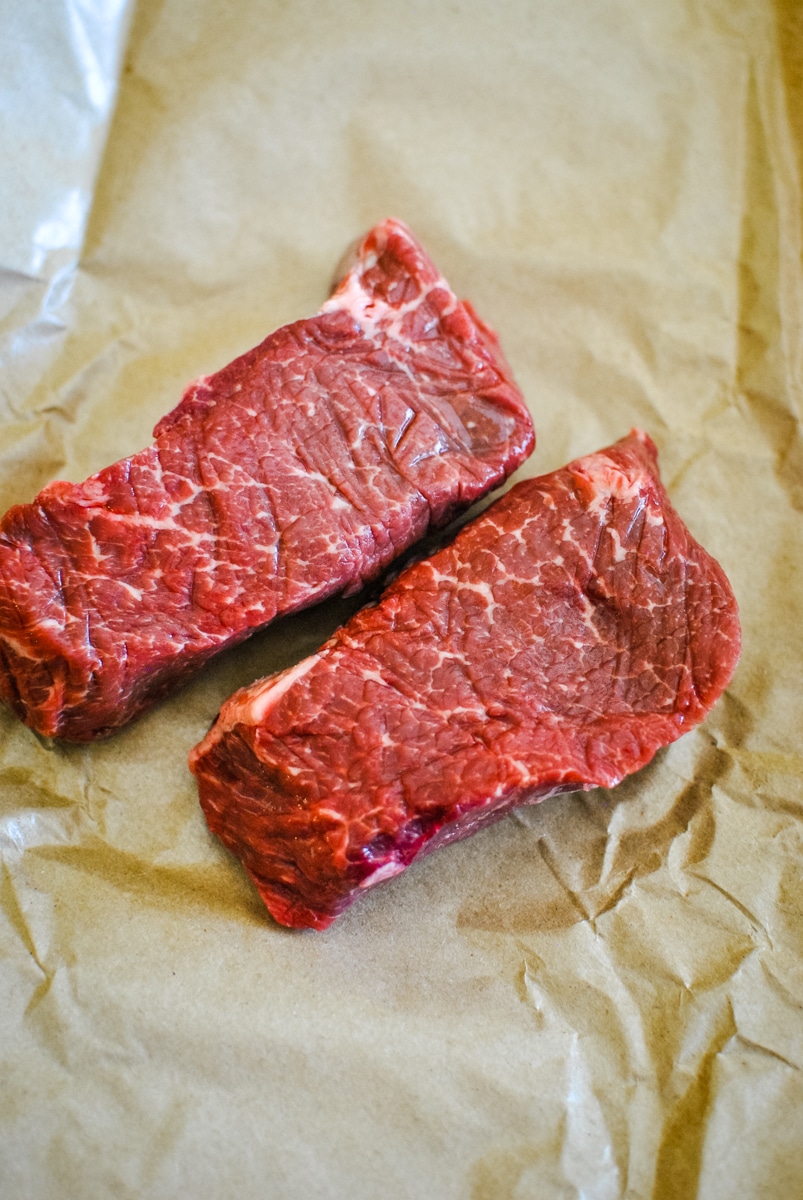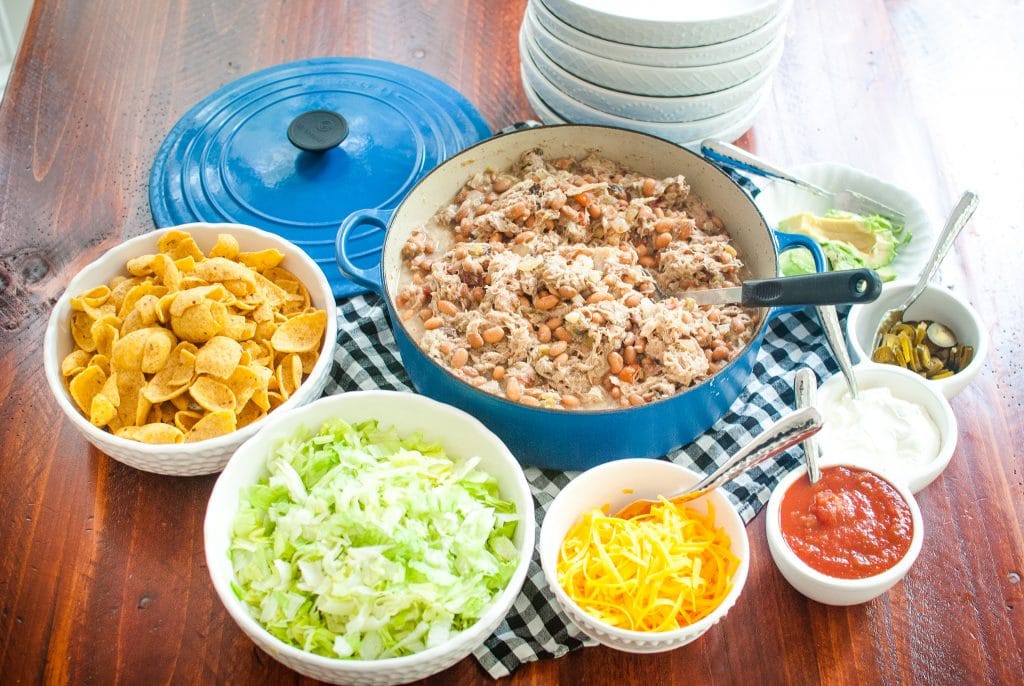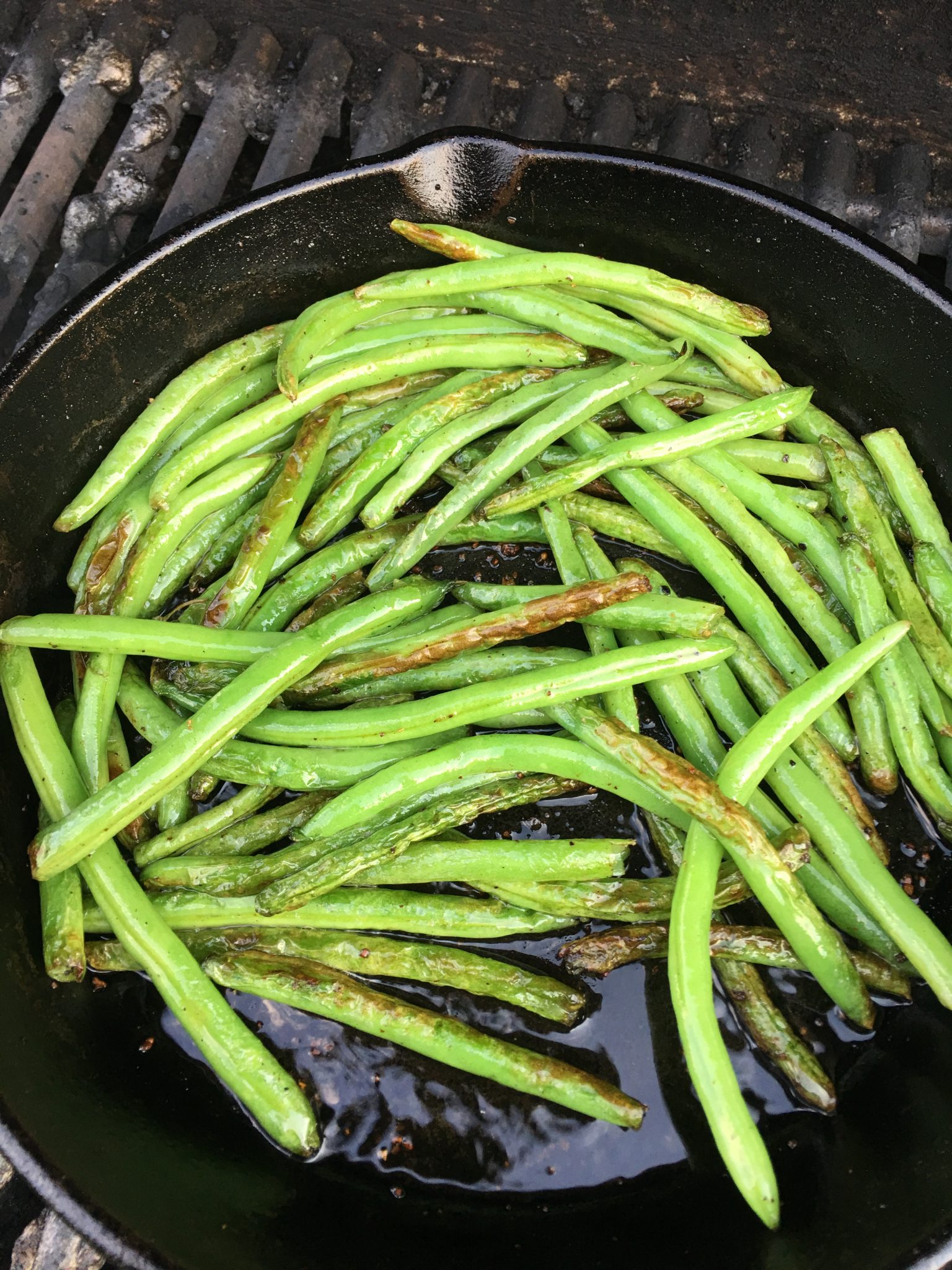How to Reheat Lasagna in the Oven
How to reheat lasagna in the oven is an age-old question! And this post will walk you through easy ways to get enjoy this leftover like it is freshly made!
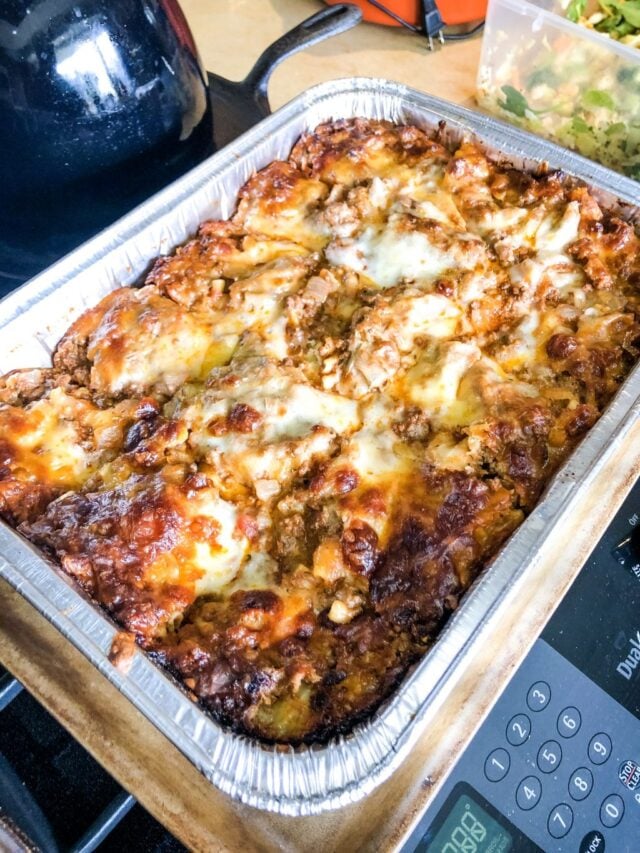
Lasagna is a classic comfort food that satisfies the taste buds with its layers of rich flavors and hearty ingredients. Whether you have enjoyed a homemade lasagna or ordered it from your favorite Italian restaurant, there’s a good chance you’ll have leftovers.
But fear not! In this post, we will explore the best way to reheat lasagna to ensure it retains its scrumptiousness.
For the best results from reheating lasagna, keep reading! I’ll share my best method that works every time, and I actually serve it to people for a dinner party this way!
So let’s dive in and bring back the delightful essence of lasagna to your plate!
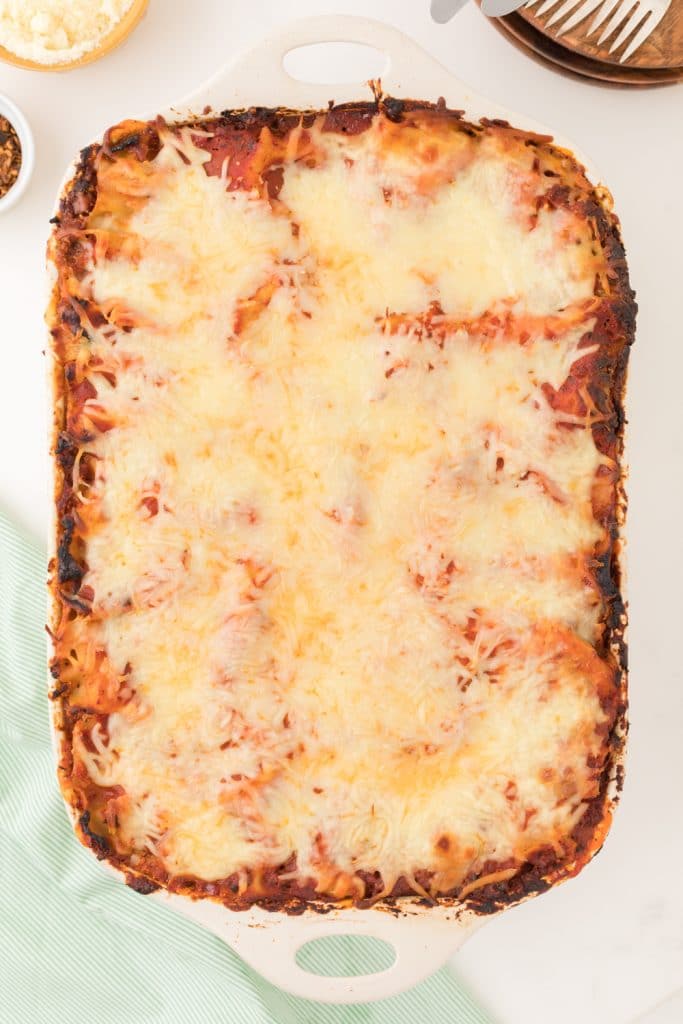
First, let’s chat about lasagna! Before you can have lasagna leftovers, you need a deliciously cheesy lasagna!
Angry Lasagna is one of the top recipes on this site. People love it!
It’s smoky, a bit spicy, and there is nothing angry about it!
You’ll make your sausage meat sauce (Yes, you can definitely swap out turkey, chicken, or even ground beef!), and layer it with ricotta and lots and lots of smoked mozzarella.
So, what makes this lasagna angry?? Red pepper flakes, fire-roasted tomatoes, and smoky mozzarella.
I’ve been making this recipe for a long time, and have found the best ways to freeze the entire lasagna, and how to reheat it.
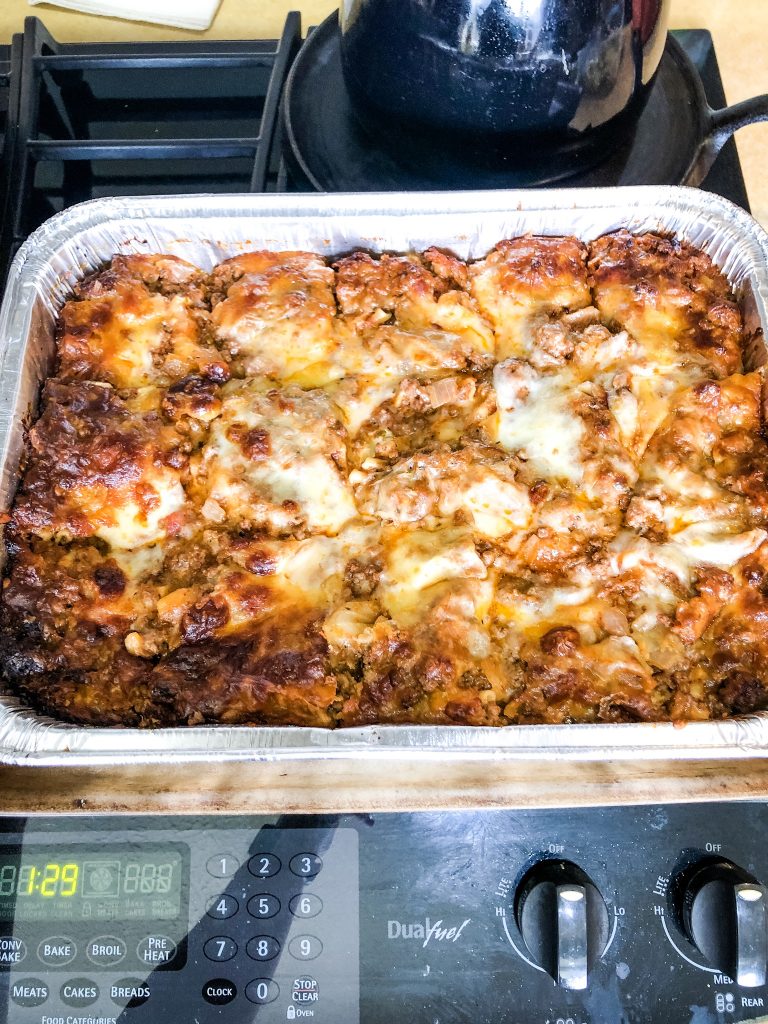
Nothing is easier on a busy weeknight than cooking a frozen unbaked lasagna, and enjoying it with Easy Garlic Bread and a giant Prosecco Vinaigrette Salad.
How to Reheat Lasagna in the Oven
When it comes to reheating lasagna, the oven is your trusty companion.
Here’s a quick overview of the process.
Follow these steps to achieve lasagna perfection:
1. Preheat your oven: Set your conventional oven to 350°F (175°C) to ensure even heating. If you’re using a convection oven, set it to 325 degrees f.
2. Individual portions or the whole pan: If you have individual servings, place them on a baking dish or a sheet of aluminum foil. For reheating an entire pan of lasagna, cover it with aluminum foil to prevent the top from drying out. I personally like to cover both the individual slices and an entire pan. Sometimes it’s even best to reheat the individual slices inside a loaf pan! Helps keep the shape of the lasagna slices.
3. Preserve moisture: To prevent your lasagna from becoming dry, sprinkle a few drops of water or a drizzle of sauce on top before covering it with foil. This will help retain moisture during the reheating process.
4. Reheat time: The exact time can vary depending on the size of the portion or pan, but a general guideline is to heat individual servings for about 20-25 minutes, while an entire pan may take around 45-60 minutes. The internal temperature should reach 165°F (74°C) to ensure it’s heated through.
5. Uncover and broil (optional): If you prefer a crispy top, uncover the lasagna during the last few minutes of cooking and broil it on high for an additional 2-3 minutes. Keep a close eye on it to avoid burning!
6. Rest and serve: Once heated, let the lasagna rest for a few minutes before serving. This allows the flavors to meld together and makes it easier to cut and serve those perfect, mouthwatering slices.
That is a very “normal” way of reheating any casserole dish. However, I have the easiest way which is my go-to method.
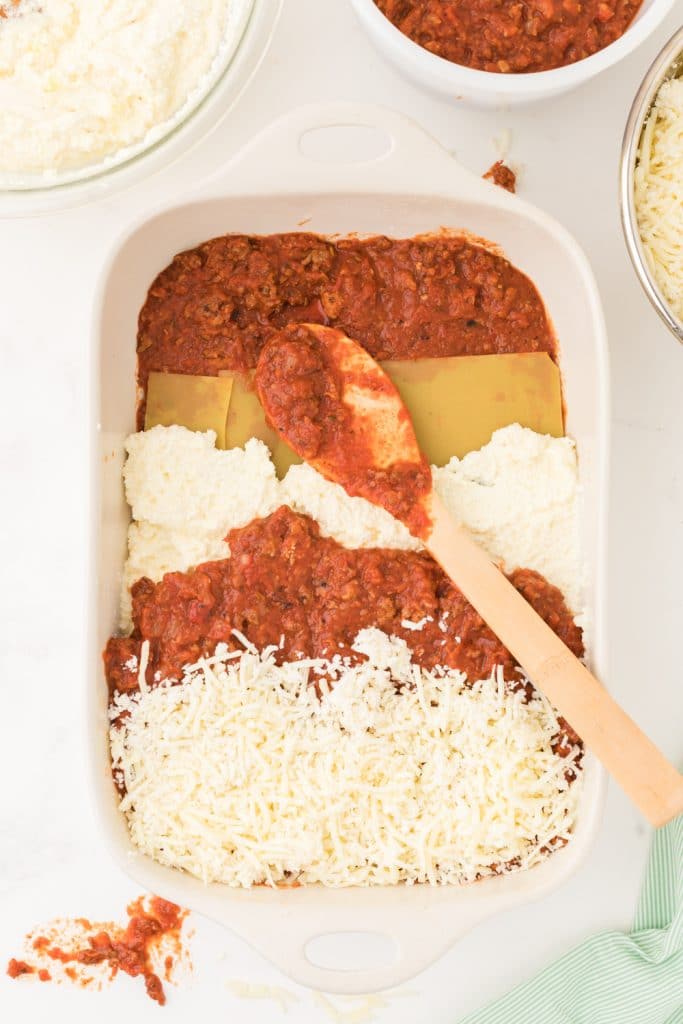
Reheating FROZEN Lasagna, the EASY Way
Take your frozen lasagna that is covered tightly with aluminum foil. Place it on a baking sheet pan, one that has sides just in case it bubbles over, which it will!
Place your frozen, covered lasagna in a COLD oven.
Turn your oven to 350˚, and let the lasagna bake for 1 hour.
After one hour, you’ll take the lasagna out, and uncover. Check to see how it’s heating, and either recover and bake an additional 30 minutes, or leave uncovered to bake the rest of the way and get the top brown. If you feel like you need to add extra cheese, go for it!
Of course, as in the original recipe, let your lasagna rest for 15 minutes before you cut into it. If you’ve ever cut into lasagna and it ran everywhere, losing its shape… You didn’t let it rest long enough. Have patience, it’s worth it!
Using a cold oven method, you allow even heating of the lasagna. It will thaw and bake, and while it might take a bit of time, it will taste like the lasagna was freshly baked!
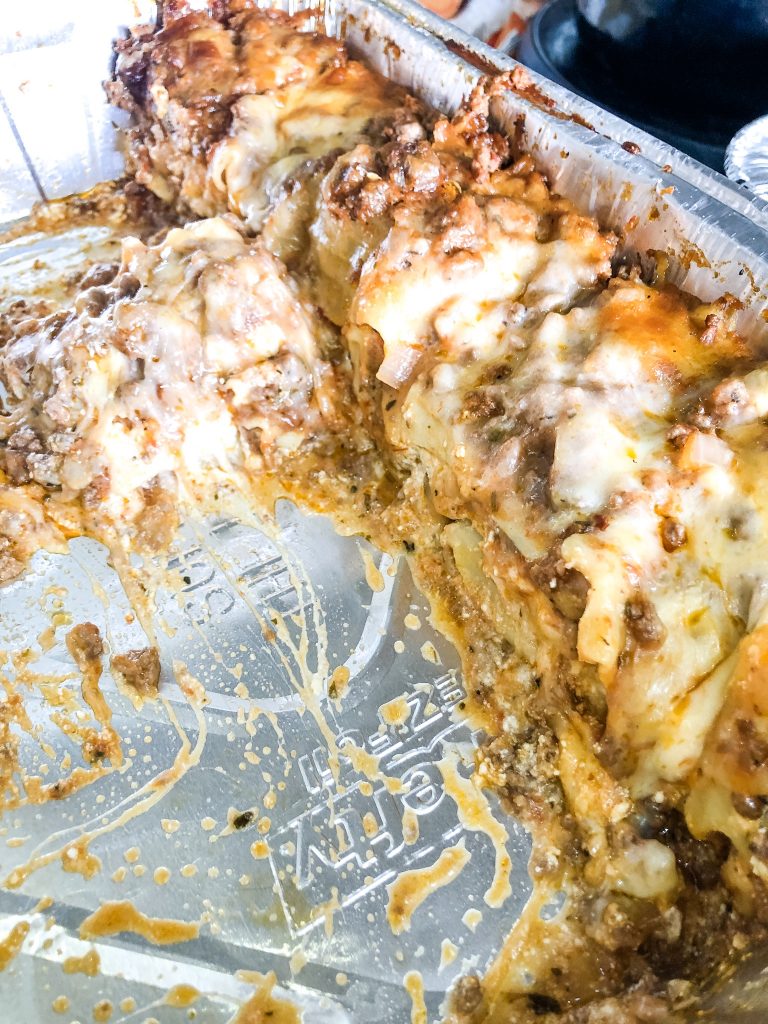
I’ve done this many times with my Angry Lasagna. Lasagna freezes so well! Just wrap your oven-safe container well with your portions (I freeze it directly in the aluminum pan!), and label the top well.
When I bake lasagna, I know it’s a meal one night, and another meal when I need it.
Using low heat, it’s the best option for heating frozen lasagna.
The Reheating Process: Microwave Magic for Quick Fixes
If you’re short on time or only have a single portion of lasagna to reheat, the microwave can be a handy option.
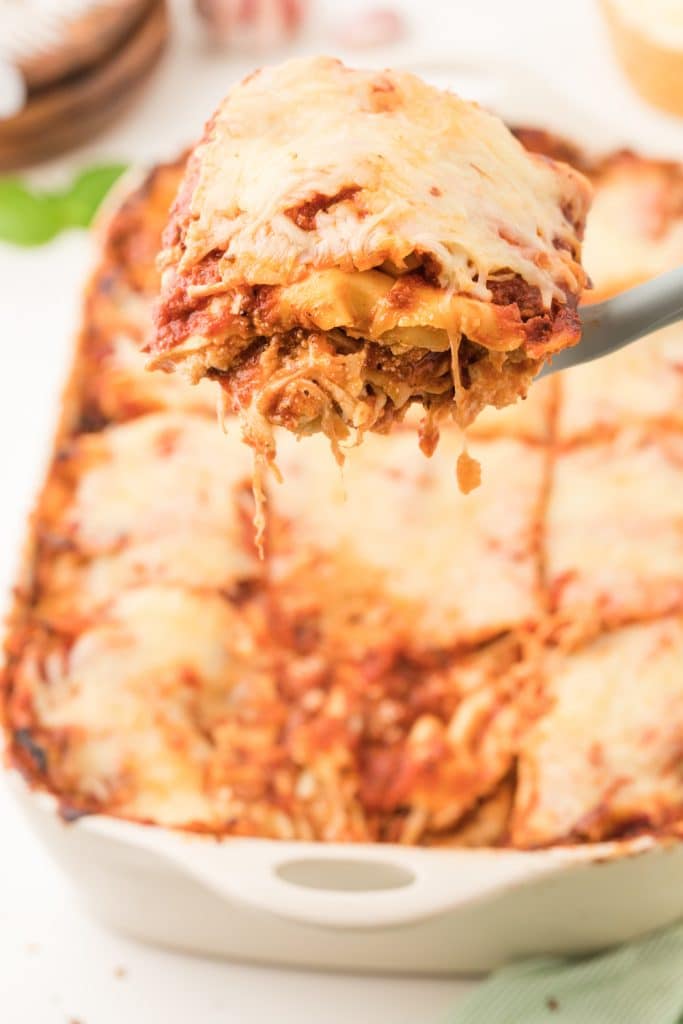
Here’s how to do it right:
1. Portion and cover: Cut a single serving of lasagna and place it on a microwave-safe plate. Cover it loosely with a microwave-safe lid or microwave-safe plastic wrap to trap steam and prevent splatters.
2. Reheat time: Microwave the lasagna on medium power (50-70%) for 2-4 minutes. Check the temperature at the thickest part to ensure it reaches 165°F (74°C). If needed, continue microwaving in 1-minute intervals until it’s heated through.
3. Stir and rest: After reheating, gently stir the lasagna to distribute the heat evenly. Let it rest for a minute or two before indulging in its delightful flavors. Be cautious as the lasagna will be hot!
My biggest issue with using a microwave is this: the center of the lasagna slice is left cold, while the rest of the lasagna dries out a bit. You really need to mush it all up and lose the layered whole lasagna effect when you use a microwave to reheat it.
Not the end of the world, for sure! It definitely works well when you’re short on time, and one individual slice is left, and just need to eat!
If you can’t tell, this is my least favorite way to reheat lasagna.
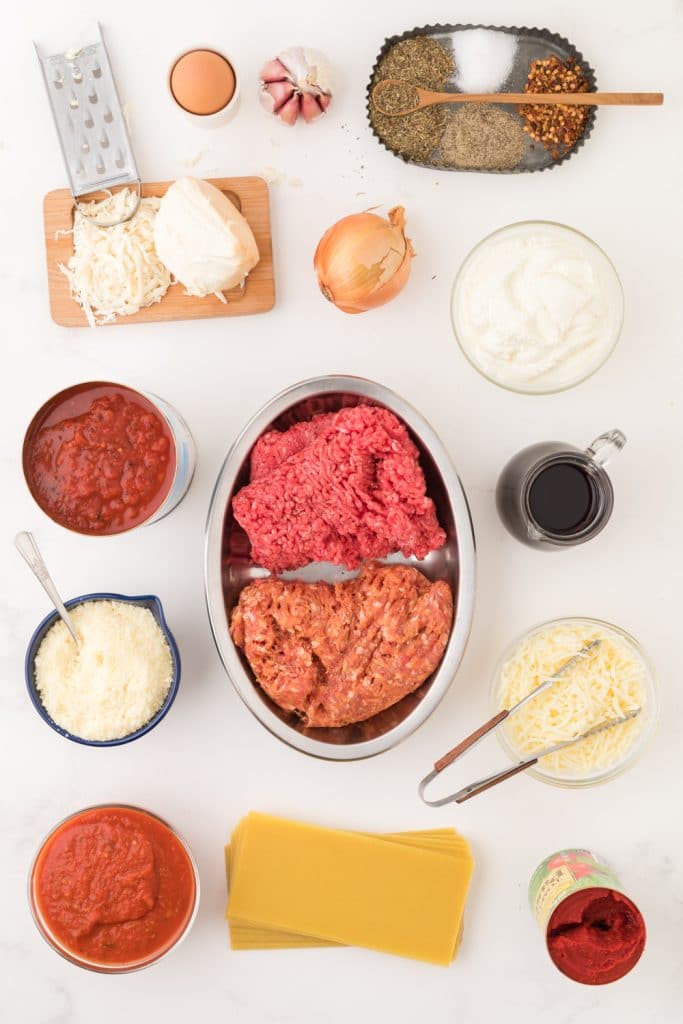
Tips for Making a Delicious Whole Tray of Lasagna
1. Use quality ingredients: Opt for fresh, high-quality ingredients to enhance the flavor of your lasagna. From the pasta sheets to the meat, cheese, and sauce, each component contributes to the overall taste. If possible, make your own sauce from scratch using ripe tomatoes, aromatic herbs, and spices.
2. Layer it up: The key to a flavorful lasagna is layering. Start with a thin layer of sauce at the bottom of the baking dish, followed by a layer of pasta sheets. Add a generous amount of filling, such as meat or vegetables, and sprinkle with cheese. Repeat the layers until you run out of ingredients, finishing with a layer of cheese on top.
3. Don’t skimp on the sauce: Be generous with your sauce as it adds moisture and richness to the dish. Make sure to evenly distribute the sauce between the layers, ensuring every bite is bursting with flavor.
4. Add variety to the filling: Experiment with different types of filling to add depth to your lasagna. You can combine ground beef or Italian sausage with sautéed onions, garlic, and herbs. Alternatively, go for a vegetarian option using sautéed mushrooms, spinach, or roasted vegetables. Don’t forget to season the filling with salt, pepper, and herbs to enhance its taste.
5. Choose the right cheese: While mozzarella is the traditional choice for lasagna, consider incorporating other cheeses to elevate the flavors. Parmesan, ricotta, and provolone can add a delightful creaminess and tanginess to your dish. Grate or shred the cheese just before assembling the lasagna to maintain its freshness.
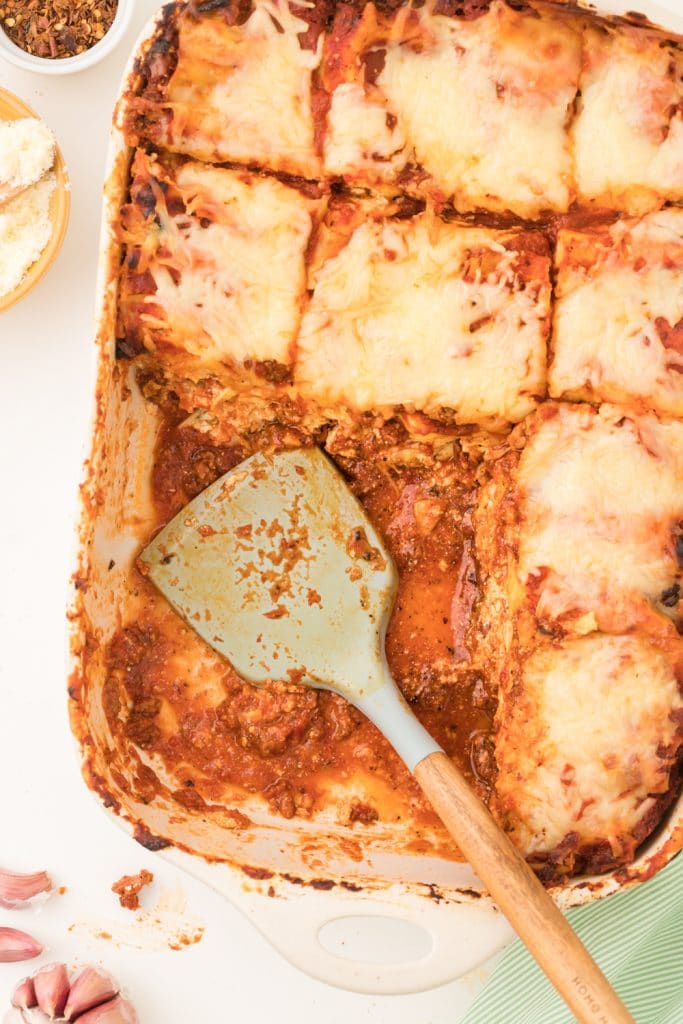
6. Season it well: Seasoning is crucial to bring out the flavors in your lasagna. Add a pinch of salt and freshly ground black pepper to each layer of the dish. Additionally, incorporate herbs like basil, oregano, or thyme to infuse your lasagna with aromatic goodness.
7. Let it rest before serving: Once you’ve baked your lasagna to perfection, give it a few minutes to rest before cutting into it. This allows the flavors to meld together and makes it easier to achieve clean, neat slices.
8. Customize to your taste: Don’t be afraid to put your own spin on the classic lasagna recipe. Add a sprinkle of red pepper flakes for a spicy kick or a drizzle of balsamic glaze for a touch of sweetness. You can also experiment with different types of pasta, such as whole wheat or gluten-free, to suit dietary preferences.
Remember, making lasagna is a labor of love, so take your time and enjoy the process. With these tips, you’ll be on your way to creating a delicious lasagna that will have everyone coming back for seconds.
How to Freeze Lasagna
Freezing lasagna is a fantastic way to save leftovers or prepare ahead for busy days. Here are some tips for freezing and saving lasagna to reheat later:
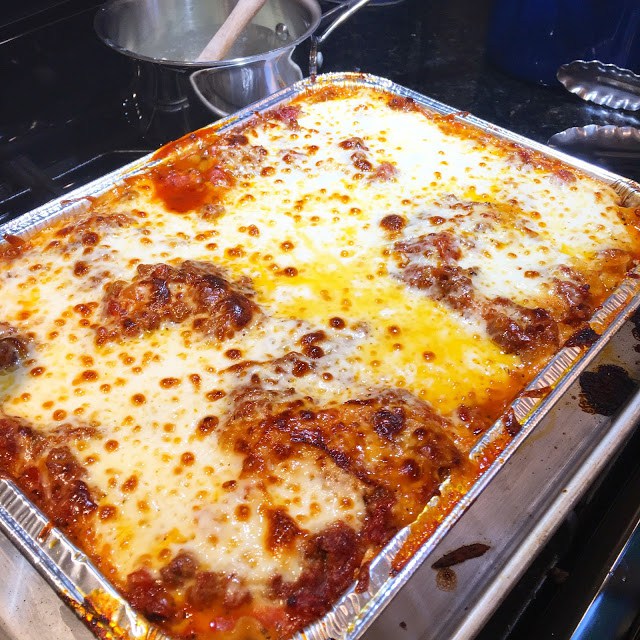
1. Choose the right container: Use a freezer-safe, airtight container or baking dish to store your lasagna. Aluminum foil, plastic wrap, or freezer bags can also work well. Make sure the container is tightly sealed to prevent freezer burn and maintain the quality of the lasagna. Just be sure to triple-check that your oven-safe dish can be both frozen AND baked in! This is why I prefer to use aluminum lasagna pans. This ensures nothing breaks in either the freezer or the oven!
2. Portion it out: Consider dividing the lasagna into individual portions before freezing. This allows for easy reheating and avoids the need to thaw the entire dish when you only want a single serving. You can use freezer-safe containers or wrap individual portions in plastic wrap and then place them in a larger freezer bag. They also make small aluminum foil pans, that are perfect for heating up in your air fryer or toaster oven!
3. Cool it down: Before freezing, allow the lasagna to cool completely at room temperature. This helps prevent condensation inside the container, which can lead to ice crystals and affect the texture of the dish. If you want to freeze in individual slices, you can slice the lasagna when it’s almost cooled, and separate the slice of lasagna to cool down even faster.
4. Wrap it well: If using a baking dish, cover the lasagna tightly with aluminum foil or plastic wrap, ensuring there are no exposed parts. For individual portions, wrap each one securely in plastic wrap and then place them in a freezer bag. Squeeze out any excess air from the bag before sealing.
5. Label and date: Don’t forget to label the container or bag with the contents and the date of freezing. This will help you keep track of how long the lasagna has been frozen and ensure you use it within a reasonable time frame.
6. Freeze promptly: Place the wrapped or sealed lasagna in the freezer as soon as possible. Ensure it is placed on a flat surface to maintain its shape during freezing.

7. Follow proper thawing and reheating techniques: When you’re ready to enjoy your frozen lasagna, it’s important to follow safe thawing and reheating practices. Here’s a step-by-step guide:
a. Thawing: For individual portions, you can transfer them directly from the freezer to the microwave. To thaw a full pan of lasagna, it’s best to transfer it to the refrigerator and allow it to thaw overnight. This gradual thawing method helps maintain the quality of the dish. With these large portions of lasagna, the thawing may take up to 3 days.
b. Reheating: Once thawed, you can follow the reheating methods mentioned earlier in this article. Whether you choose to reheat in the oven or microwave, ensure the lasagna reaches an internal temperature of 165°F (74°C) for food safety. In the recipe card for Angry Lasagna, you can find heating from frozen instructions.
8. Enjoy within recommended timeframes: While lasagna can be safely stored in the freezer for several months, it’s best to consume it within 2-3 months for optimal taste and texture. Remember to check for any signs of freezer burn or deterioration before reheating and consuming.
By following these tips, you can easily freeze and save lasagna for future meals, ensuring that you always have a delicious and convenient option on hand.

P.S. You should serve your reheated leftover lasagna with this Blueberry Heaven on Earth Cake!


